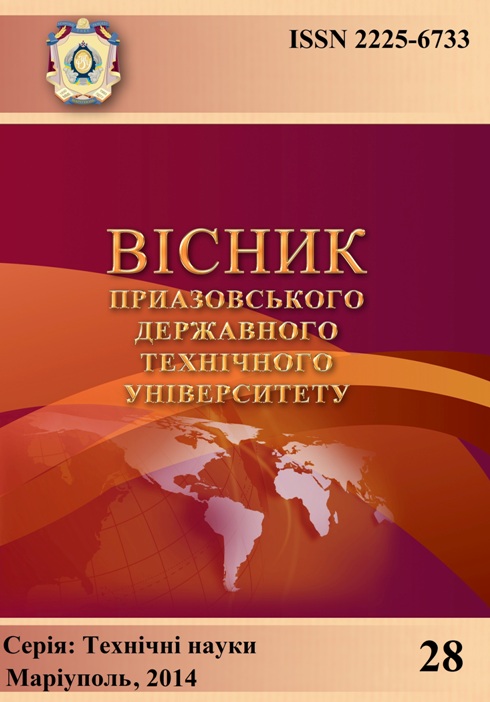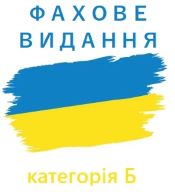Вплив накатування на твердість вуглецевої сталі після гартування
DOI:
https://doi.org/10.31498/2225-6733.28.2014.33553Ключові слова:
густина дислокацій, викривлення другого роду, розмір областей когерентного розсіювання, тетрагональність кристалічної решіткиАнотація
Досліджено характер зміни твердості і параметрів тонкої будови загартованої вуглецевої сталі при деформації накатуванням. Встановлено, що ступінь пом’якшення сталі при накатуванні обумовлена співвідношенням процесів розпаду пересиченого твердого розчину і зміцнення від додатково введених дислокацій
Посилання
Драйгор Д.А. Влияние износа на усталостную прочность стали / Д.А. Драйгор, Г.И. Вайчук. – К. : АН УССР, 1962. – 111 с.
Дефекти залізничних коліс / І.О. Вакуленко, В.Г. Ануфрієв, М.А. Грищенко, О.М. Перков. – Дніпропетровськ : Маковецький, 2009. – 112 с.
Вагоны / Л.А. Шадур [и др.]. – М. : Транспорт, 1980. – 439 с.
Вакуленко Л.И. Повреждаемость при эксплуатации цельнокатаных железнодорожных колес повышенной прочности / Л.И. Вакуленко, В.Г. Анофриев // Вагонный парк. – 2013. – № 11 (73). – С. 10–12.
Гинье А. Рентгенография кристаллов / А. Гинье. – М. : ГИФ-МЛит, 1961. – 602 с.
Бабич В.К. Деформационное старение стали / В.К. Бабич, Ю.П. Гуль, И.Е. Долженков. – М. : Металлургия, 1972. – 320 с.
Курдюмов Г.В. Превращения в железе и стали / Г.В. Курдюмов, Л.М. Утевский, Г.И. Энтин. – М. : Наука, 1977. – 236 с.
Breyer N.N. The yield-point phenomenon in strain-aged martensite / N.N. Breyer // Trans. Metallurg. Soc. AIME. – 1966. – V. 236. – № 8. – Р.1198 – 1202.
Вакуленко И.А. Морфология структуры и деформационное упрочнение стали / И.А. Вакуленко, В.И. Большаков. – Днепропетровск : Маковецкий, 2008. – 196 с.
##submission.downloads##
Як цитувати
Номер
Розділ
Ліцензія
Журнал "Вісник Приазовського державного технічного університету. Серія: Технічні науки" видається під ліцензією СС-BY (Ліцензія «Із зазначенням авторства»).
Дана ліцензія дозволяє поширювати, редагувати, поправляти і брати твір за основу для похідних навіть на комерційній основі із зазначенням авторства. Це найзручніша з усіх пропонованих ліцензій. Рекомендується для максимального поширення і використання неліцензійних матеріалів.
Автори, які публікуються в цьому журналі, погоджуються з наступними умовами:
1. Автори залишають за собою право на авторство своєї роботи та передають журналу право першої публікації цієї роботи на умовах ліцензії Creative Commons Attribution License, яка дозволяє іншим особам вільно розповсюджувати опубліковану роботу з обов'язковим посиланням на авторів оригінальної роботи та першу публікацію роботи в цьому журналі.
2. Автори мають право укладати самостійні додаткові угоди, які стосуються неексклюзивного поширення роботи в тому вигляді, в якому вона була опублікована цим журналом (наприклад, розміщувати роботу в електронному сховищі установи або публікувати у складі монографії), за умови збереження посилання на першу публікацію роботи в цьому журналі.









